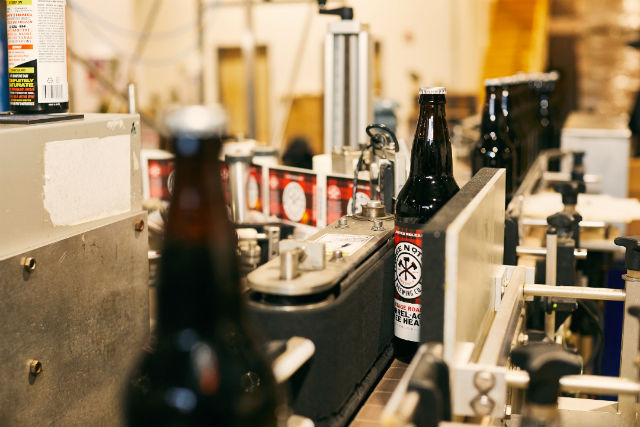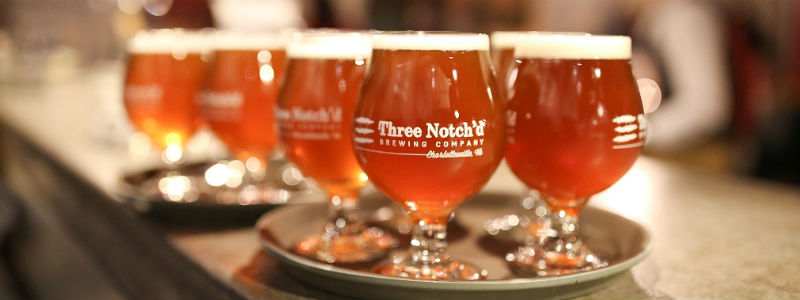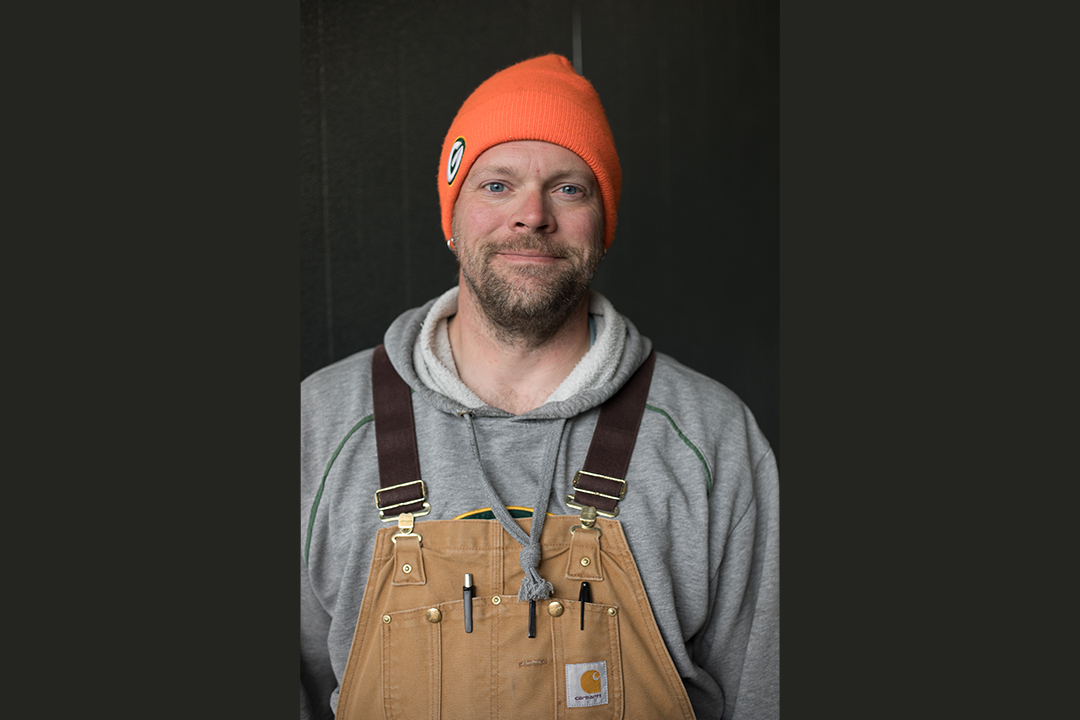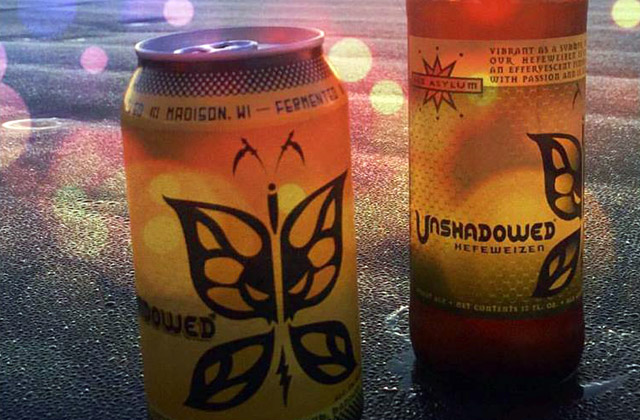
Three Notch’d designed their brewery to be large enough to make money in the low margin business of distribution. Out of the gate they knew how many tap handles they would need to get and how many kegs they would need to pull through each of those lines to at least keep their sister distribution company at or around the break-even mark while sending regular payments over to the brewery.
“That meant we needed to focus our distribution beers on products that were very accessible to the consumer,” explained Scott Roth, the Virginia brewery’s president. “With very little time to get actual data from our taprooms we tasked our Brewmaster, Dave Warwick, with creating recipes that he knew would sell from his years at Rock Bottom.”
The brewery’s 40 Mile IPA was developed to be a bit softer and lower in IBUs than the West Coast styles that were dominating the market in 2013; Hydraulion Red is right down the middle and appeals to the light lager and non-hoppy craft drinkers alike, and No Veto Brown and Jack’s Java Stout captured the dark beer enthusiasts.
“It didn’t hurt that we were able to pick up a GABF medal and many Virginia Beer Cup medals for some of these beers as well,” Roth said.
Renegade owner, Brian O’Connell said if any owner has the option, every brewery should start by self-distributing.
“Do it until you have enough distribution that it makes financial sense to hand over the margin to a distributor,” he said. “Self-distributing also teaches you first hand about the supply chain and interacting with retailers. It’s an invaluable experience for the future of your business that you shouldn’t pass up.”
“If you feel as though you have maximized the revenue of your taproom. If you think you could possibly sell even one more drop of beer out that space, then do it, don’t distribute it. The margins from your tap room are unparalleled and there is no gain for the business to give up that margin to distribute.”
Out of the gate Three Notch’d started with draft-only self-distribution via a sister company, Central Virginia Distributing (CVD), which helped them operate in the three-tier franchise environment of Virginia without giving away the ownership of their brand.
“CVD began with one truck, a sublet lease, and one ex-AB distribution employee,” Roth said. “His name was Will and he was integral to our early growth.”
His previous relationships in the area allowed him to make some quick calls for placements of Three Notch’d and his sales were supplemented by Roth, his partner, founder Derek Naughton, and the brewery’s brewmaster Dave Warwick by hitting the streets with samples.
“I had come from the retail side, running an Irish Pub in town for nearly 10 years, so I was also fortunate to have a lot of friends in the business,” Roth explained. “Additionally, Derek had been living in Charlottesville for many years at that point and our investor pool for the brewery was local and fairly large as well, so there was instant demand. All of those pieces were necessary for success and quickly gave us a reputation for great beer around our home market.”
The big positives that come from the Three Notch’d model is that they get to control the product from raw material until it is poured into the customer’s glass.
“That has allowed us to consistently provide the freshest beer in the market, with kegs, cans and bottles often hitting retailers within hours of being packaged,” Roth said. “Of course the merchandising and line cleaning also comes with added costs to ensure the highest quality but for us, those expenses were absolutely paramount to developing a reliable brand that our consumers have grown to love.”




1 Trackback / Pingback